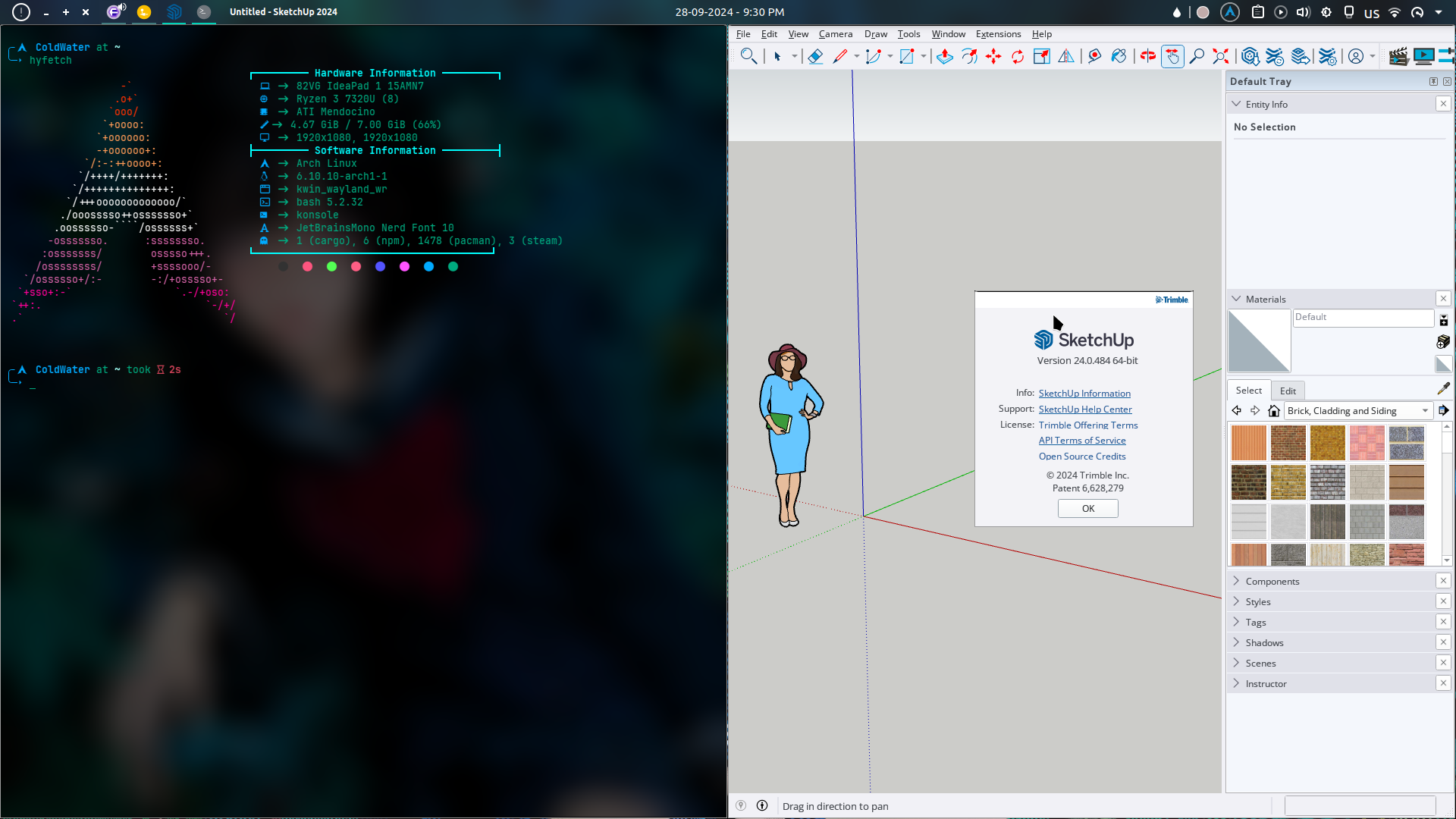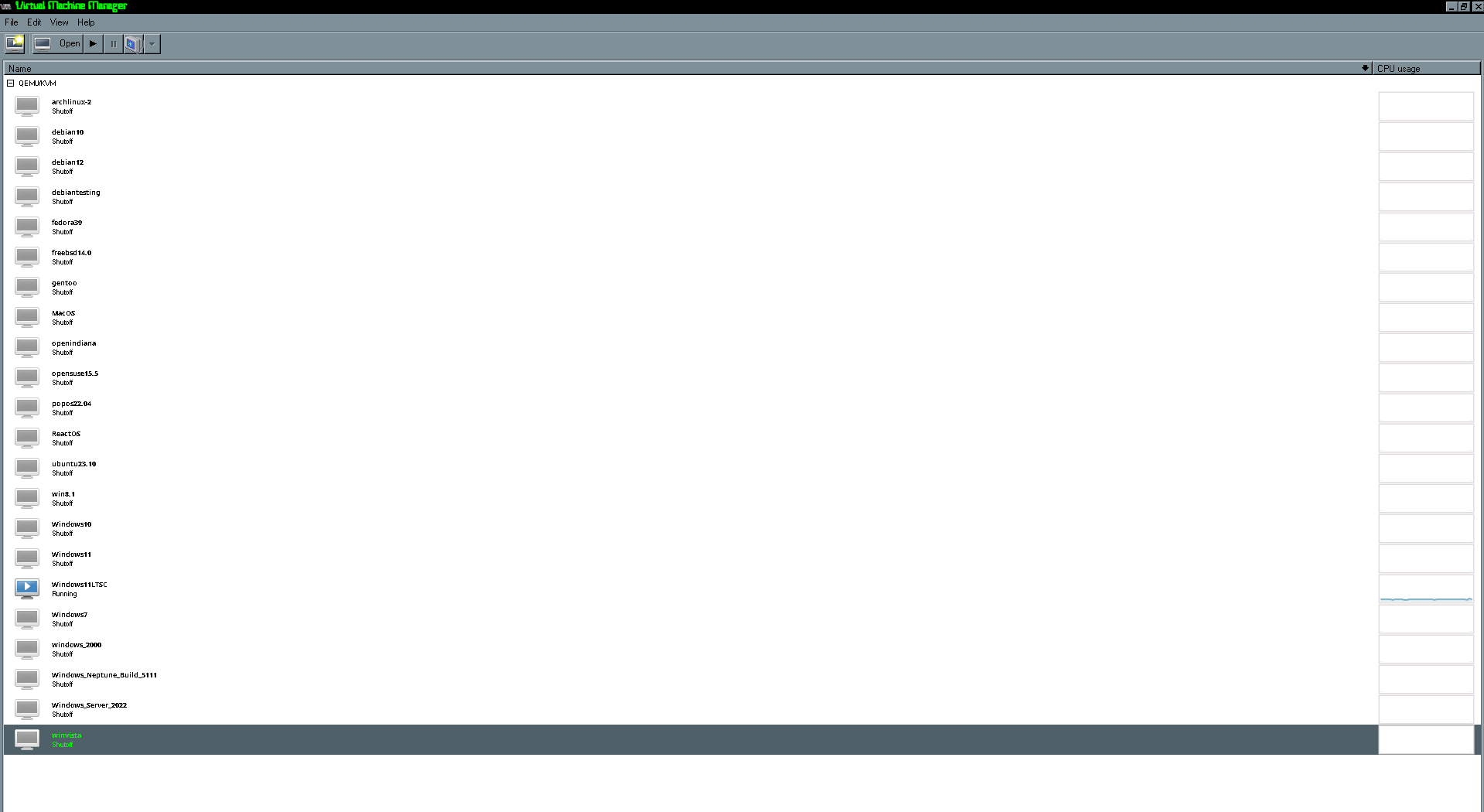Linux
47866 readers
1567 users here now
From Wikipedia, the free encyclopedia
Linux is a family of open source Unix-like operating systems based on the Linux kernel, an operating system kernel first released on September 17, 1991 by Linus Torvalds. Linux is typically packaged in a Linux distribution (or distro for short).
Distributions include the Linux kernel and supporting system software and libraries, many of which are provided by the GNU Project. Many Linux distributions use the word "Linux" in their name, but the Free Software Foundation uses the name GNU/Linux to emphasize the importance of GNU software, causing some controversy.
Rules
- Posts must be relevant to operating systems running the Linux kernel. GNU/Linux or otherwise.
- No misinformation
- No NSFW content
- No hate speech, bigotry, etc
Related Communities
Community icon by Alpár-Etele Méder, licensed under CC BY 3.0
founded 5 years ago
MODERATORS
276
277
278
279
280
281
169
282
283
284
285
164
Arch Linux and Valve Collaboration - Arch-dev-public - lists.archlinux.org
(lists.archlinux.org)
286
287
288
289
290
291
292
24
Tumbleweed – Review of the week 2024-W39 – Dominique a.k.a. DimStar (Dim*)
(dominique.leuenberger.net)
293
294
295
296
297
298
299
15
Gettin Nacky | A proposal to change NACKs in Wayland protocol discussions
(www.supergoodcode.com)
300




